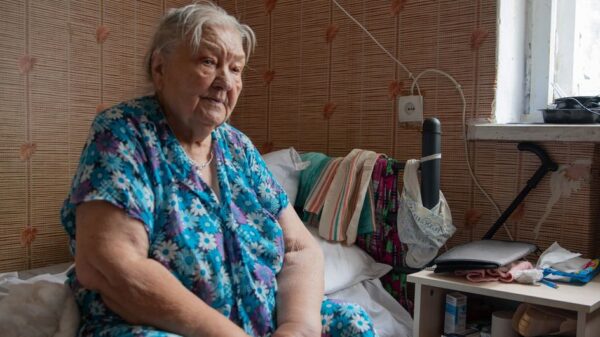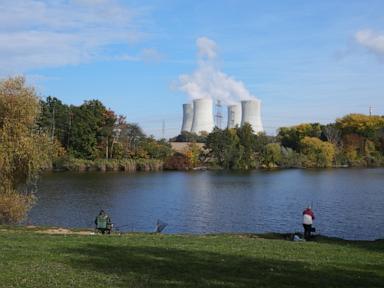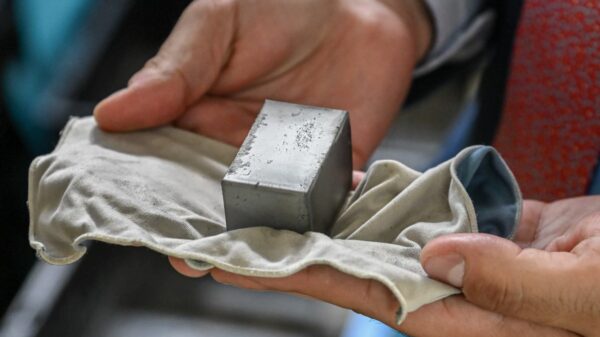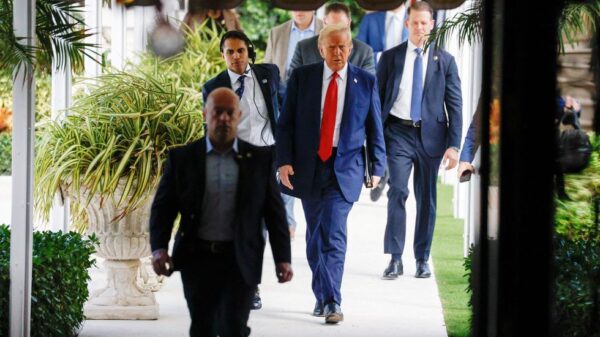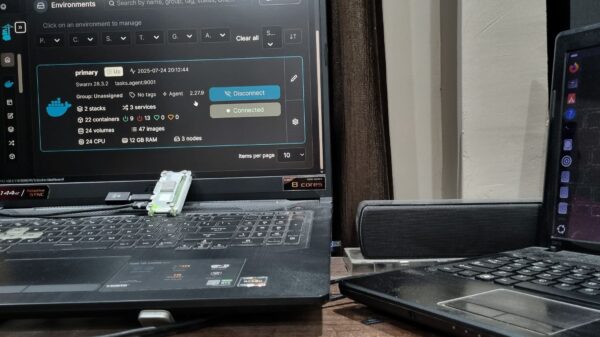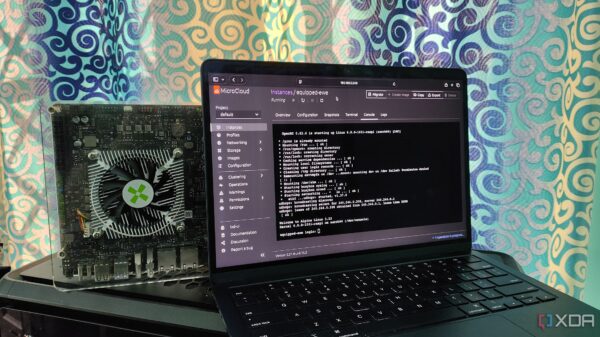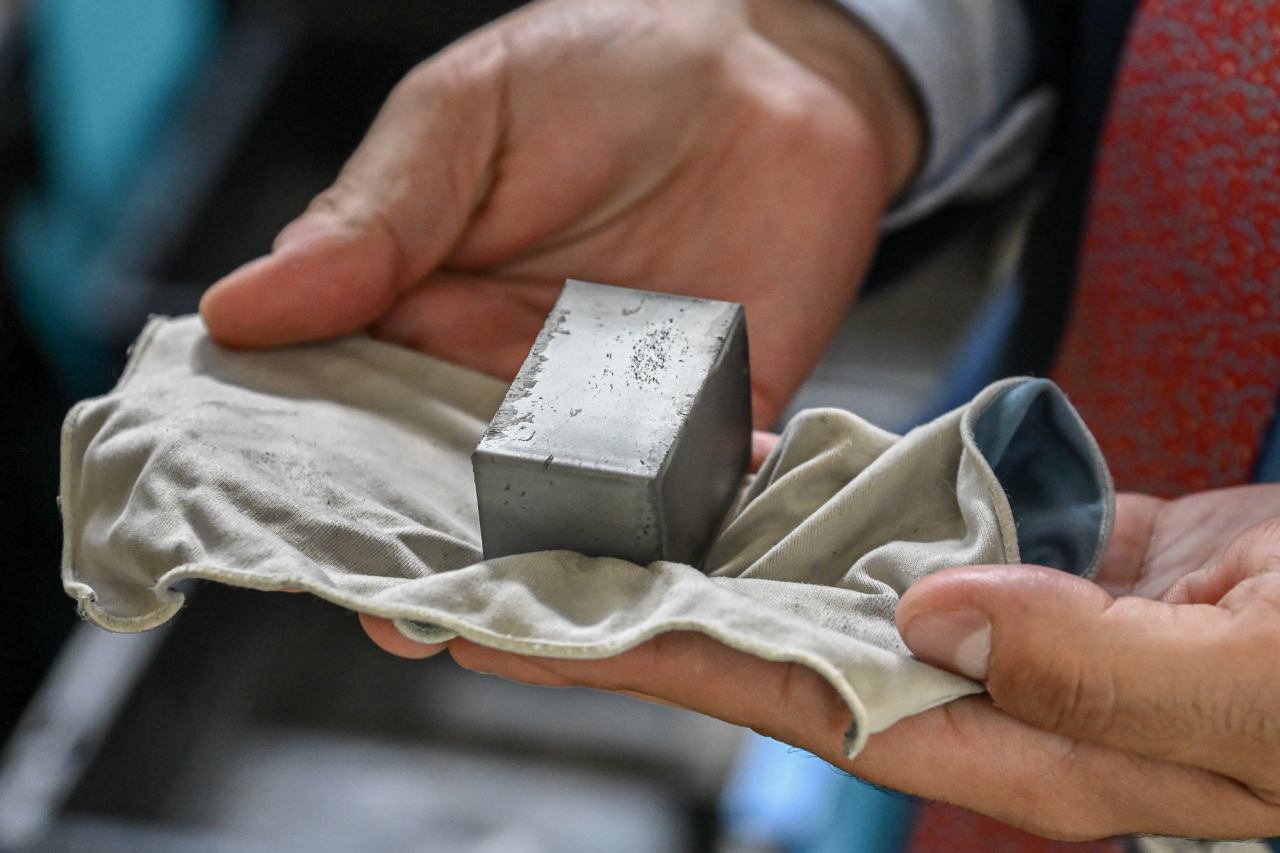A new factory in Estonia dedicated to producing rare-earth elements (REE) has opened its doors, marking a significant step in Europe’s pursuit to lessen its reliance on China for these critical materials. While the establishment of this facility is a notable development, experts caution that it will not be sufficient to fully eliminate the continent’s dependence on Chinese imports.
Located in the town of Sillamäe, the plant is part of broader efforts within the European Union to secure a stable supply of REEs essential for various high-tech applications, including electric vehicles and renewable energy technologies. According to a report from the European Commission, China currently provides over 90% of the EU’s rare-earth supplies, underscoring the urgency of diversifying sources.
The factory is expected to produce approximately 3,000 tons of rare-earth materials annually. While this quantity represents a positive step forward, it falls short of the estimated 20,000 tons required to meet the growing demand across Europe. As outlined by researchers at Taltech University, this gap highlights the ongoing challenges that the EU faces in establishing a self-sufficient supply chain.
Strategic Importance of Rare Earths
Rare-earth elements are vital for the production of many advanced technologies, including smartphones, wind turbines, and military equipment. The strategic importance of these materials has prompted European leaders to prioritize their development. However, the reality is that the continent’s reliance on China is deeply entrenched, and breaking this hold will take time.
The Estonian facility is part of a larger plan initiated by the EU to enhance its competitiveness and security in the global market. In a statement, EU Commissioner for Internal Market Thierry Breton emphasized the need for Europe to invest in its own capabilities. “We must ensure that our industries have access to the critical materials they need to thrive,” he said.
Despite the ambitions associated with the new plant, experts believe that challenges remain. A report from the International Energy Agency points out that establishing a robust supply chain for REEs requires not only production facilities but also the infrastructure for processing and recycling. Currently, much of the processing of rare-earth materials occurs in China, which adds another layer of complexity to Europe’s objectives.
Looking Ahead: Opportunities and Challenges
The opening of the plant in Estonia is just one of several initiatives aimed at increasing the EU’s rare-earth production capabilities. Countries like Sweden and Finland are also exploring potential mining operations to tap into their own domestic resources. Nonetheless, the timeline for achieving full independence from Chinese supplies is uncertain.
As the EU continues to navigate this complex landscape, the collaboration between member states will be vital. Investment in research and development is essential, as is the establishment of policies that encourage sustainable mining practices. The emphasis on environmental considerations is crucial, especially given the ecological impact of rare-earth extraction.
In conclusion, while Estonia’s new rare-earths plant represents a hopeful stride towards reducing Europe’s dependency on China, substantial challenges remain. The path to a self-sufficient supply chain for rare-earth elements will require coordinated efforts across the continent, significant investment, and time. The factory in Sillamäe is a starting point, but it is clear that much more will be needed to secure Europe’s technological future.


